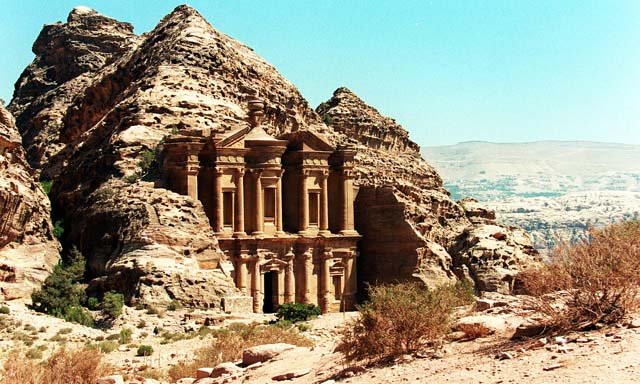
Satellite imagery and drone photography was used to reveal the monument, which is buried under the sand and measures roughly the length and twice the breadth of an Olympic swimming pool.
Archaeological heritage: Preservation of sites ensured
The archaeologists studied aerial images to distinguish details of the structure’s past glory. The oldest pottery found scattered around the site suggests the structure could be more than 2,150-years-old.
“Petra is an outstanding site to test new survey technologies,” wrote archaeologists Sarah Parcak and Christopher Tuttle in a report titled Hiding in Plain Sight.
“Even after two centuries of fieldwork in Petra and its environs, new discoveries and identifications of monumental structures continue to be made.”
The monument is less than a kilometre south of Petra, the main city in southwest Jordan, which was named one of the seven new wonders of the world in 2007.
“I knew something was there and other archaeologists – who have worked in Petra for the last, God knows, 100 years at least,” Tuttle told The Guardian. He said he knew of at least one other expert that had noticed something at the site.
International conference: Discussion on archaeological discoveries on May 13
More than half a million tourists visit Petra each year which has been inhabited since prehistoric times. It was the capital of the Nabataean empire from 400 BC to 106 AD and remained unknown to the western world until the early 19th century.
More recently, the city provided the backdrop for the 1989 film Indiana Jones and the Last Crusade.
This article originally appeared on The Independent.

















COMMENTS
Comments are moderated and generally will be posted if they are on-topic and not abusive.
For more information, please see our Comments FAQ